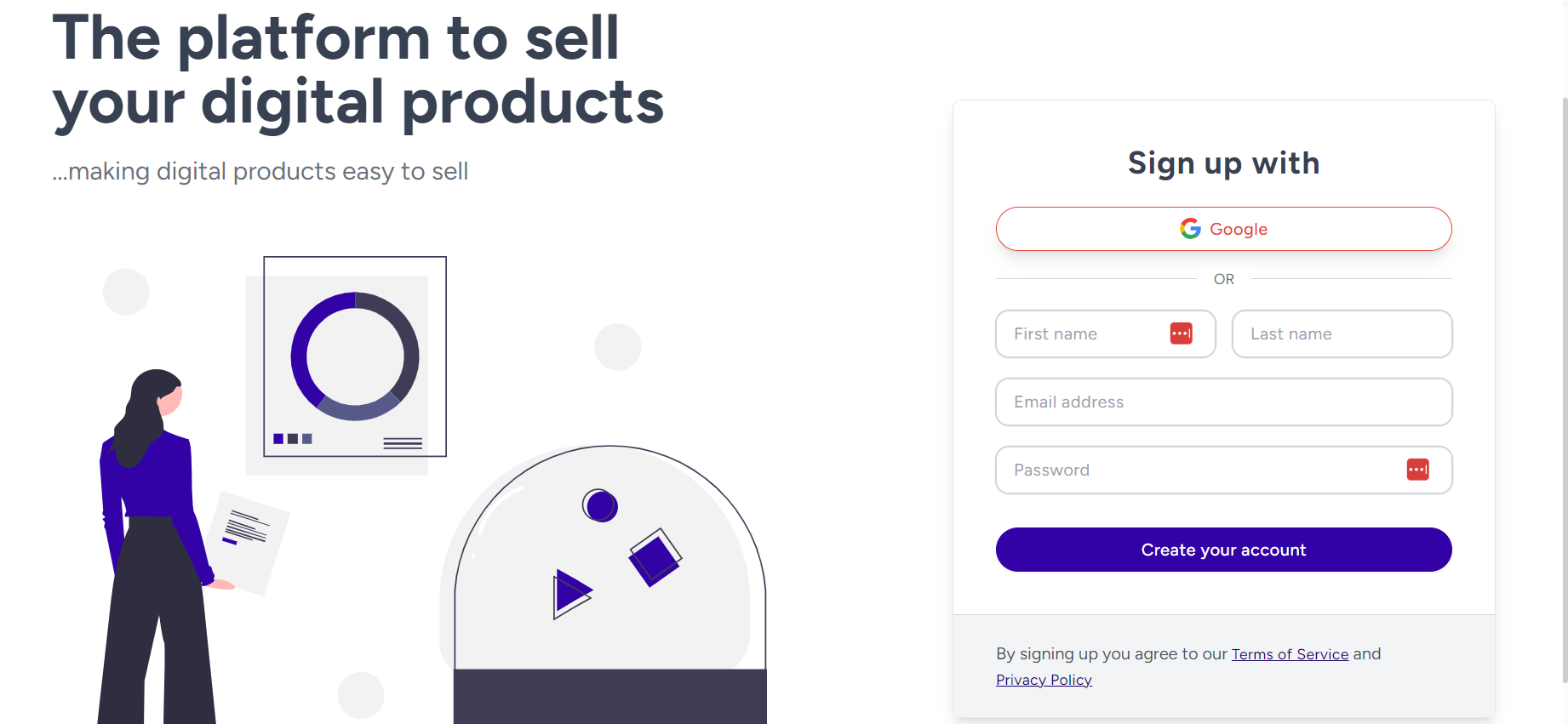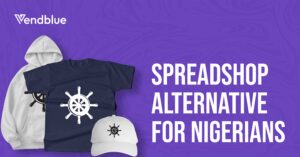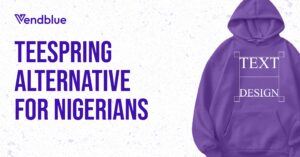Introduction to Selling Digital Downloads
Selling digital downloads is a game changer for content creators.
It’s your way of turning what you love doing into cash. Think about it. You create once and sell the same item over and over again without additional costs. Sounds good, right?
You could be making art, writing e-books, crafting how-to guides, or even producing your own music. The key here is to digitize what you’re passionate about.
People are out there, willing to pay for your creativity and expertise. Plus, the best part is, you can sell these downloads anywhere in the world, any time of the day.
No need to worry about shipping or inventory.
Just pure creation and sales.
Dive in, and let’s explore how you can make your mark in the digital world.
Identifying Your Niche for Digital Downloads

Finding your niche is like picking the perfect outfit. It needs to fit just right, so you stand out and feel confident. In the world of digital downloads, your niche is the special corner of the internet where your content not only fits but shines.
To spot your niche, think about what you’re passionate about.
It could be anything from coding tutorials, digital art, e-books on vegan cooking, to mindfulness podcasts. Ask yourself, “What do I love talking about? What can I create that others will find helpful?” Once you’ve got an idea, look at what’s already out there.
Here’s where you get to play detective. Search online, see what others are doing, and ask, “Is there a gap I can fill? Can I do it better or differently?”
Your goal is to offer something fresh, something that makes people click ‘buy’ because they can’t find it anywhere else. Remember, being unique is your superpower in the crowded world of digital downloads.
Lean into what makes your content yours, and watch your niche audience grow.
Creating Your Digital Product Portfolio
Creating your digital product portfolio starts with understanding what you’re good at.
Figure out if you’re better at writing, design, coding, or maybe creating music or videos. This will guide you to the type of digital products you should focus on, such as eBooks, graphic designs, apps, or audio files.
Don’t try to do everything. Stick to your strengths.
Next, check what’s in demand. Use social media, forums, and online marketplaces to see what people are looking for.
This doesn’t mean you should only create what’s popular, but it’s good to know what buyers want.
Once you know what you’re making, aim for quality. Your digital product should offer value that makes people willing to pay for it.
This could mean solving a specific problem, providing unique information, or simply entertaining in a way no one else does.
Don’t forget, the presentation of your products matters as much as the content.
Make sure your product looks professional. If design isn’t your strength, consider hiring a professional for this part.
Lastly, keep learning and updating your portfolio. What works today might not work tomorrow. Stay up-to-date with trends and always look for ways to improve your products and add more value.
Remember, a successful digital product portfolio is built on what you’re good at, what people want, and delivering quality and value.
Stick to these, and you’ll be set up for success.
Setting Up Your Online Store or Platform

First off, you need a place to sell. An online store or platform is where your digital downloads will live and where people come to buy them.
There are plenty of options out there. but the best we recommend is vendblue , it easy to set up and handle the tech stuff for you, like payment processing and digital delivery. Another route is using broader e-commerce platforms like Shopify or WooCommerce on WordPress.
These give you more control and customization but require a bit more tech know-how to get everything running smoothly.
Remember, the choice depends on your comfort with technology and how much customization you want. Keep it simple, focus on what works for you, and you’ll have your digital shop up in no time.
Pricing Strategies for Digital Downloads

Figuring out how much to charge for your digital downloads is more art than science.
But, don’t stress. The right price can attract buyers, cover your costs, and bump up your profits.
First, consider the value. How unique is your content? The more unique, the higher the price can be. Then, think about your costs. Did you pour hours into creating it or pay for fancy tools?
Make sure the price reflects this. Also, peek at your competitors. Charging way more might push buyers away unless you offer something extra special. Don’t forget to factor in what your audience can afford. If they’re beginners or hobbyists, sky-high prices might scare them off.
A smart move? Offer different versions. Basic and premium options let buyers choose what fits their needs and wallets.
This keeps everyone happy and opens up more chances for you to make a sale. Remember, prices can change. It’s cool to adjust based on feedback or to run promotions.
Just stay transparent with your audience about any shifts in pricing.
Marketing Your Digital Downloads Effectively

To sell more digital downloads, your marketing game needs to be top-notch.
First things first, get your product on social media. Platforms like Instagram, Facebook, and Twitter are your best friends here. Use eye-catching images and compelling captions to grab attention.
Don’t shy away from using hashtags; they widen your reach. Next, think email marketing.
Collect emails through your website or during purchases. Sending out newsletters with updates or discount codes keeps your audience engaged.
Blogging is another tool you shouldn’t overlook. Write posts related to your product, helping establish you as an authority in your niche. And don’t forget about collaborations.
Partnering with other creators can introduce your products to a whole new audience. Remember, the key is consistency. Keep trying different tactics and stick with what works best for your digital products.
Managing and Updating Your Digital Content

Keeping your digital content up-to-date and well-organized is not just a one-time task; think of it as routine maintenance.
Just like a car that needs regular check-ups, your digital downloads require consistent attention to stay relevant and valuable to your audience.
First, schedule regular reviews of your content.
This could be monthly or quarterly, but make it habitual. During these reviews, ask yourself: is this information still accurate?
Is there new insight or developments in the field that I should include? Sometimes, minor tweaks can significantly boost the appeal and usefulness of your content.
Next, consider the feedback from your audience.
Are people asking for specific updates or reporting that some part of your content is out of date? Take this feedback seriously. It’s basically free advice on how to make your products better.
Plus, engaging with your audience about updates shows that you care about the value they get from your content, which can encourage future purchases.
Also, think about repackaging content.
Maybe you have a guide that’s been out for a while and it’s not selling like it used to.
Could you update it with new information, add a video or interactive components, and relaunch it as a premium version? This approach can breathe new life into your offerings.
Most importantly, don’t forget to communicate changes and updates to your audience.
A simple email blast or social media post about an update can generate interest among previous customers and attract new ones. Keep your content fresh, relevant,
and engaging, and your digital downloads will continue to be a valuable resource for your audience.
Customer Service and Support for Digital Downloads
Good customer service can make or break your digital downloads business.
When you sell digital goods, you might think there’s little customer support to worry about. Wrong. Here’s why it’s crucial. First, people have questions before they buy.
They might want to know if your digital planner works with their app or if your eBook is compatible with their device.
Answering these questions fast can turn browsers into buyers. Second, after purchase, things can go wrong.
Files might not download correctly, or a customer might struggle to open them. Quick and helpful support can turn a frustrated customer into a loyal fan.
Most digital sellers use a few key tactics to provide great service. Email support is the most common. Be clear about when customers can expect a reply.
Providing detailed FAQs or help sections can solve many issues without needing to contact you. For more urgent issues, consider live chat.
It offers instant help and shows you care about your customers’ experience. Remember, happy customers are more likely to return and recommend your products.
Keep it simple, be responsive, and help out. That’s how you nail customer service for digital downloads.
Understanding the Legal Aspects of Selling Digital Downloads
When you start selling digital downloads, getting your legal ducks in a row is a must. This is not the fun part, but it’s crucial. You’re entering a space where copyright laws, licensing, and taxes are part of the game. First off, know that whatever you create, be it an eBook, a course, or a piece of software, it’s automatically protected by copyright laws from the moment it’s created. This means others can’t legally use or distribute your work without your permission. However, to really safeguard your creations, consider registering them officially. This offers you additional proof of ownership, which can be golden if disputes arise.
Next up, licenses. These are permissions you give to buyers. Be crystal clear about what buyers can or can’t do with your digital products. Can they resell them? Modify them? Use them for commercial purposes? Your terms should leave no room for interpretation. This not only protects your rights but also sets clear expectations for your customers.
Lastly, don’t forget about taxes. Depending on where you and your customers are located, there might be different tax obligations to consider. This part can get tricky because digital goods are taxed differently across the world. It’s worth consulting a tax professional to navigate these waters smoothly. Remember, the goal is to sell your digital downloads without legal hitches down the line. Get informed, stay compliant, and you’ll be set to focus on the fun part—creating and selling.
Summary and Key Takeaways for Aspiring Content Creators
Selling digital downloads is a powerful way to make a living or earn extra income as a content creator. It boils down to creating valuable digital products that people want or need, then marketing them the right way. Here are the bite-sized nuggets you should walk away with: First, pinpoint what you’re good at and what your audience craves. It could be anything from eBooks, courses, photos, or even software. Next, quality over quantity matters. Your digital download should solve a problem or enhance a user’s life in some way. Don’t forget about presentation – a visually appealing product and easy-to-navigate sales platform can make a big difference. Pricing is tricky; it should reflect the value of your product without scaring off potential buyers. Marketing your digital products is non-negotiable. Utilize social media, email lists, and any platform where your audience hangs out. Lastly, customer feedback is gold. It helps you improve and create products that people will love even more. So, dive in, experiment, and refine your strategy as you grow. Selling digital downloads isn’t just about making quick money; it’s about building a brand and connecting with your audience on a deeper level.





